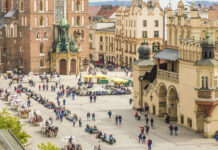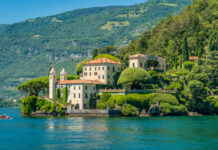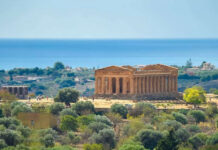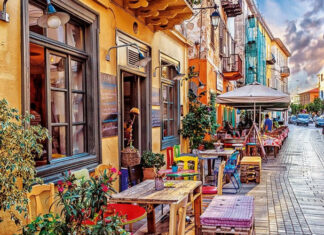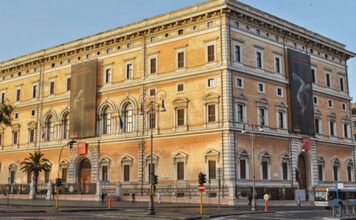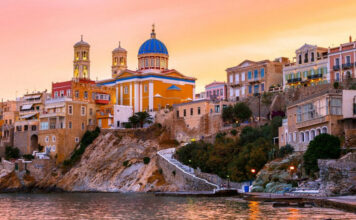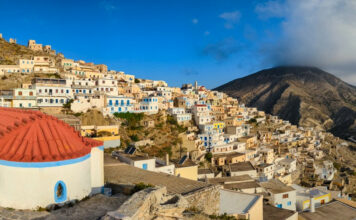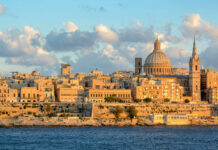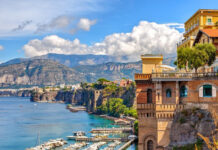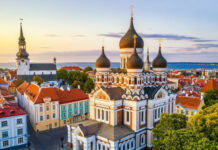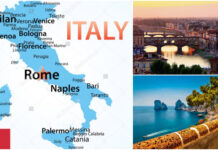10The Basilica di Santa Maria Maggiore
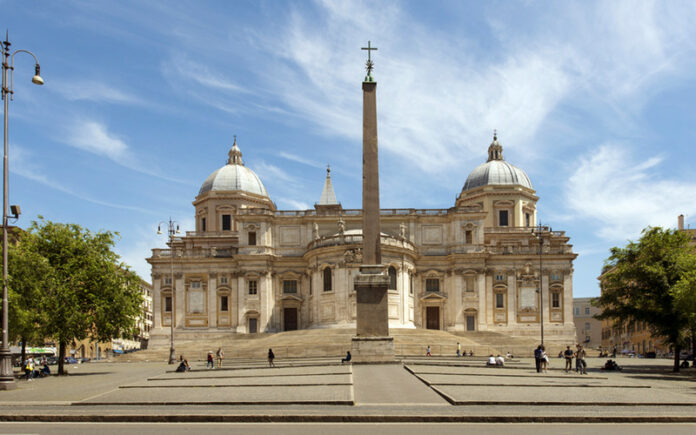
The Basilica di Santa Maria Maggiore is an iconic church in Rome, dedicated to the Virgin Mary, and it stands as the largest of its kind in the city. Its importance is not only due to its size but also to the rich cultural heritage it preserves. Filled with a vast collection of artifacts and art, every inch of the church seems to be a part of religious history. It is said that some of the most famous artworks and relics in the world are housed within its walls. Though its beautiful 18th-century façade appears Baroque, it’s actually one of the oldest churches in Rome, built around 440, which only adds to its historical significance. Visitors can easily get lost in the beauty and history of this breathtaking church.



